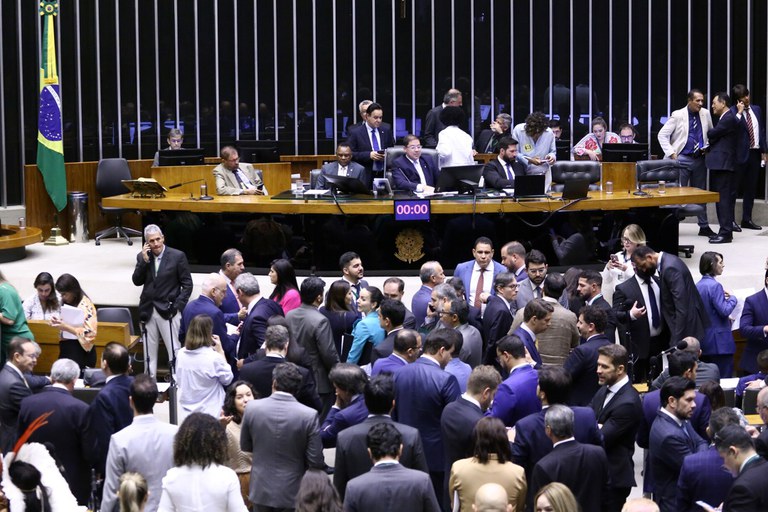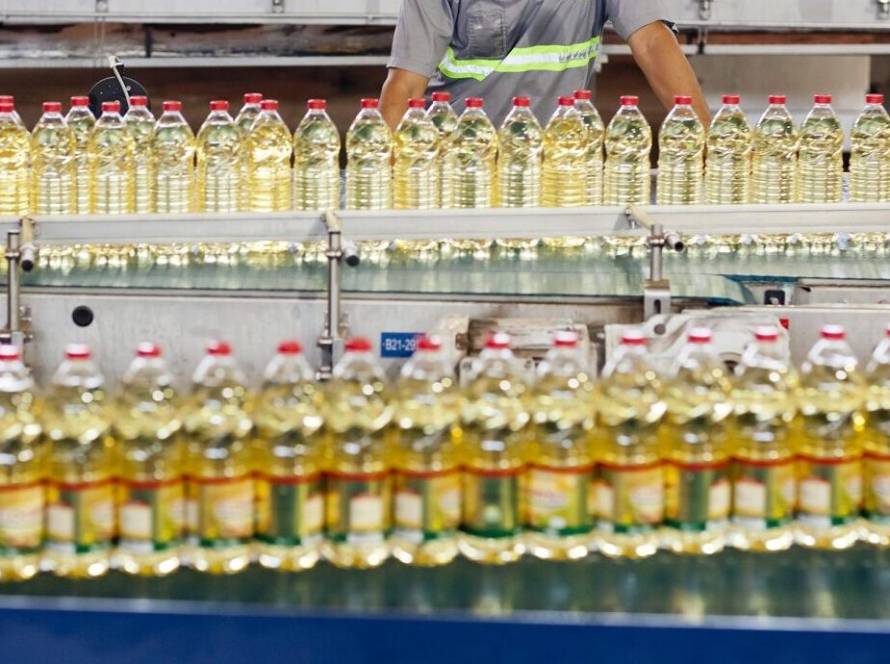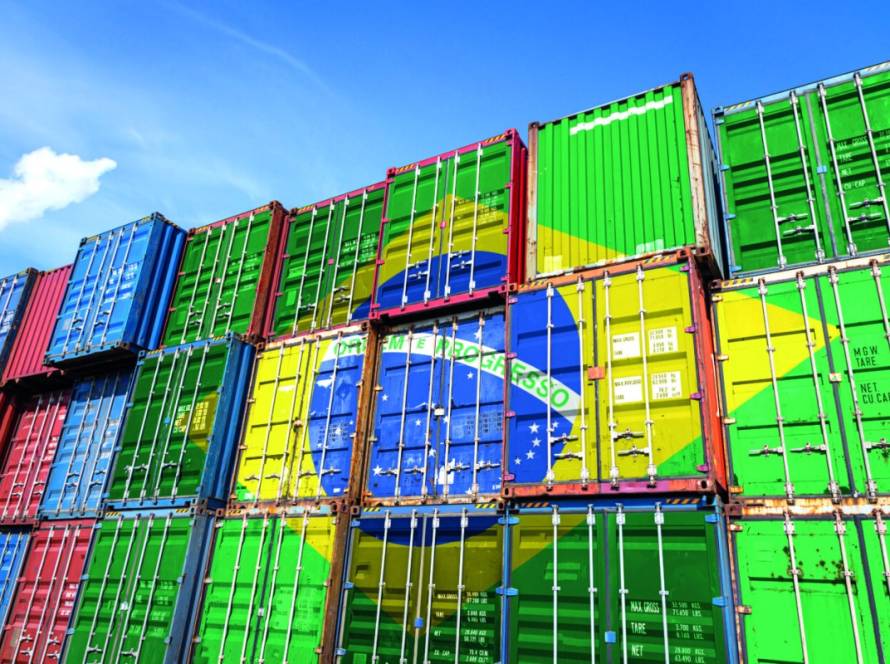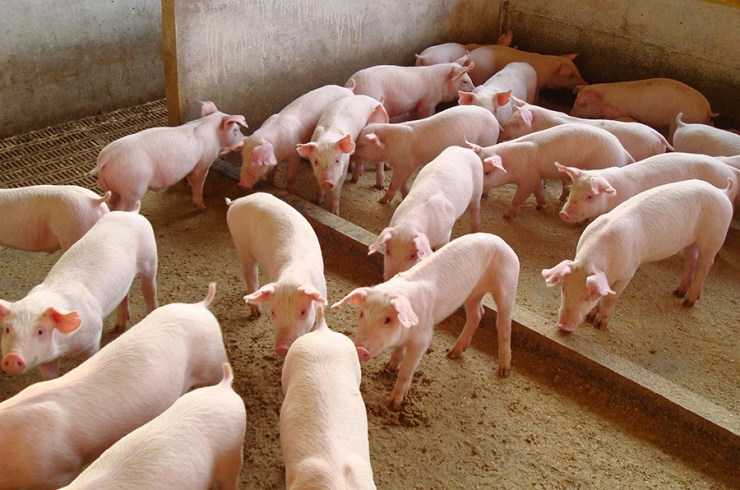Brazil's second corn harvest reached 94.8% of planted area, a performance above the recent historical average, but still behind the previous cycle. This scenario poses logistical challenges and threatens the country's competitiveness precisely at a time when the international market is turning to Brazilian corn, ahead of the arrival of the North American harvest.
This delay jeopardizes the best period for exporting the grain. "Brazilian corn has a more competitive window from July to September. If the harvest and export program are delayed, some of this corn only reaches the market when the United States is already offering large volumes, reducing Brazil's share of foreign sales and putting pressure on prices," analyzes Yedda Monteiro, intelligence and strategy analyst at Biond Agro.

Harvest progress – Image: Biond Análises
Record supply and pressure on domestic prices
Brazilian production is expected to exceed 130 million tons in 2025, according to estimates from Conab and the USDA. Yedda believes the actual figure could be even higher, increasing the risk of oversupply. "It's unlikely that external demand will absorb this entire volume, as our competitive window is relatively short," the analyst emphasizes.
Although China and other markets have boosted Brazilian exports in recent years, the current scenario is more limited. In the domestic market, consumption is robust, driven by the animal feed industry and, increasingly, by corn-based ethanol, which already consumes around 21 million tons. "Even so, given such a large supply, there will likely be pressure on prices throughout the year. This pressure only tends to diminish during periods of lower availability, such as from December and January onwards," he explains.
Fierce competition
The main destinations for Brazilian corn remain China, the European Union, Japan, South Korea, Iran, Vietnam, and Egypt. However, external competition is becoming stronger.
However, Yedda also points out that geopolitical factors, such as conflicts in the Middle East and tariff disputes, could affect demand, forcing Brazil to seek new horizons. "Brazil needs to seek new destinations and establish more concrete alliances with existing partners, because the international corn market is well-supplied and more competitive," he adds.
Exchange rate and climate will be determining factors

Yedda Monteiro, intelligence and strategy analyst at Biond Agro: “Brazil needs to seek new destinations and establish more concrete alliances with existing partners, because the international corn market is well supplied and more competitive” – Photo: Disclosure
Exchange rate volatility will be crucial for crop sales. "A weaker real makes Brazilian corn more competitive compared to the US and Argentina. But when the real appreciates, we lose competitiveness precisely at the time of greatest market competition," explains Yedda.
Weather conditions also play a role. Heavy harvests in the US and Argentina increase global supply and reduce space for Brazilian corn. "American corn enters the market at the same time we increase our shipments. Argentina, after years of drought, is once again competing for space, especially in neighboring countries and in North Africa," he notes.
Logistical bottlenecks and internal challenges
In addition to international competition, domestic logistics remains a hurdle. Brazil has static storage capacity equivalent to 70% of soybean and corn production, according to Conab, while in the US this figure is 130%. Only 17% of storage is on farms, compared to 65% in the US. "This forces producers to sell immediately after harvest, when supply is more concentrated and pressure is placed on prices and port space," Yedda emphasizes.
Added to this, dependence on the road network, responsible for approximately 60% of grain flow, increases costs and limits the flow of shipments. "It's essential for producers to obtain information from reliable sources and adopt risk management strategies, such as splitting sales, using price protection tools, and locking in costs even before planting. This ensures greater security in sales," he emphasizes.




